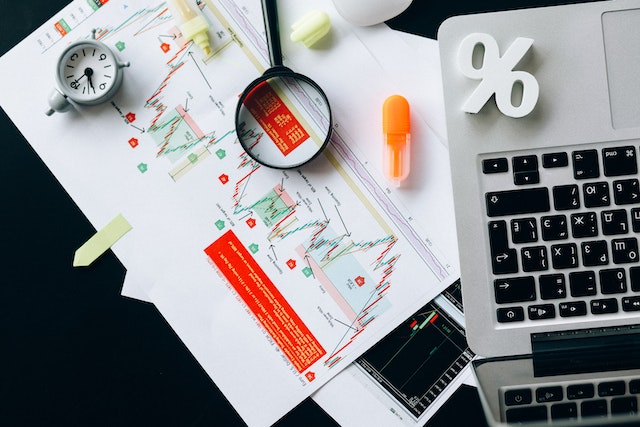The forex market is the most liquid in the world, with over $6 trillion in daily trades. This means one major thing for traders: an endless pool of opportunities and a global audience always to get your orders filled. Are you looking to tap into this global marketplace as a trader or an investor? Here is an article on the top five tips to get you started.
An Overview of Forex Trading
The term forex is a blend of the words foreign and exchange, and it involves the exchange of one currency to the other, usually for various reasons like commerce, tourism, trading, and more. Traders worldwide have found unique ways to monetize this business, which is why it has become today’s most significant financial market. These unique ways include futures, options, currency swaps, derivative markets, etc. Whichever of these options you want to venture into, below are some universal tips for every beginner in the forex trading market.
Top 5 Tips for Beginners in Forex
Educate Yourself
Forex trading can be complex, considering the intricacies involved. It is paramount to educate yourself before fully venturing into the market. Understand complex terms and terminologies like spot forex, CFDs, spread, margin, leverage, bears, bulls, and others peculiar to the market. You will find beginner-friendly resources on top trading platforms like tradingview. Also, before you begin trading, it is vital to understand currency pairs to know which ones hold the best ROI and which ones to avoid. The most traded currency pairs are the euro and the U.S. dollar, which offer good liquidity and tight spreads. Other top currency pairs to put on your radar are USD/JPY, GBP/USD, USD/CNY, USD/CAD, and AUD/USD.
Explore Demo Trades and Micro Accounts
Most broker platforms allow you to start with a demo trade as a beginner. This is mainly to eliminate risk while practicing as a forex trader. Utilize the demo trading opportunity to learn strategies and perfect your trading plan. Once you’re confident enough, you can get started with micro accounts. Micro accounts cater primarily to everyday traders who don’t want to risk so much financially. Micro accounts involve trading with real money but at a slower pace. The risk here is relatively lower as it involves smaller trades.
Find the Right Broker
While searching for a brokerage platform, ensure you thoroughly evaluate your options. It’s always an excellent idea to work with a registered brokerage platform that is secure and legitimate. In addition, some brokerage platforms charge higher fees for transactions. Explore options with more reasonable commission fees. There are instances where you might need to pay more to get a trusted brokerage system. Other factors to remember when choosing a reputable broker are the ease of withdrawals, customer services, and other perks that could improve your trading experience.
Have a Solid Trading Plan
The next step would be to build and master an effective trading plan. In creating a trading plan, you need to determine your financial objectives as a trader, your risk tolerance level, and the time factor. With these itemized, you can select trade styles that fit your goals. These styles include day trading, long-term, short-term, or position trading. Outline your strategy as it aligns with your trading style. Practice till you can perfect this trading strategy. Lastly, a considerable chunk of your trading strategy involves detailed market analysis. Platforms like Tradingview have a solid analysis model that explores past and present market trends. With the aid of such features, you can constantly conduct a comprehensive market analysis to identify potential opportunities for successful trades and be flexible enough to adapt to changes in market conditions.
Understand the Rudiments of Risk Management
Risk management is a massive part of being a professional forex trader. Effective risk management practices should be in place to limit your losses and protect your investments. This is mainly about identifying possible risks early enough and taking notable steps to mitigate these risks. One rule of thumb is never to invest more than you’re willing to lose per trade. Another is always to trade using a stop-loss. The stop-loss strategy limits the potential risks an investor faces in any trade. A trader might enter a trade to buy EUR/USD at 1.1000, initiating a stop-loss order at 1.980. This automatically limits the investor’s risks to 20 PIPs. Learn more about the practicality of stop-loss and use it to your advantage.
The barriers to entering the forex market are much less prominent, particularly with technological trends in recent years. The availability of resources has also made things much easier, and anyone could become an expert with access to the right resources and assistance. Keep the tips listed above in your back pocket, and you’ll be on the right track to becoming a successful forex trader.



